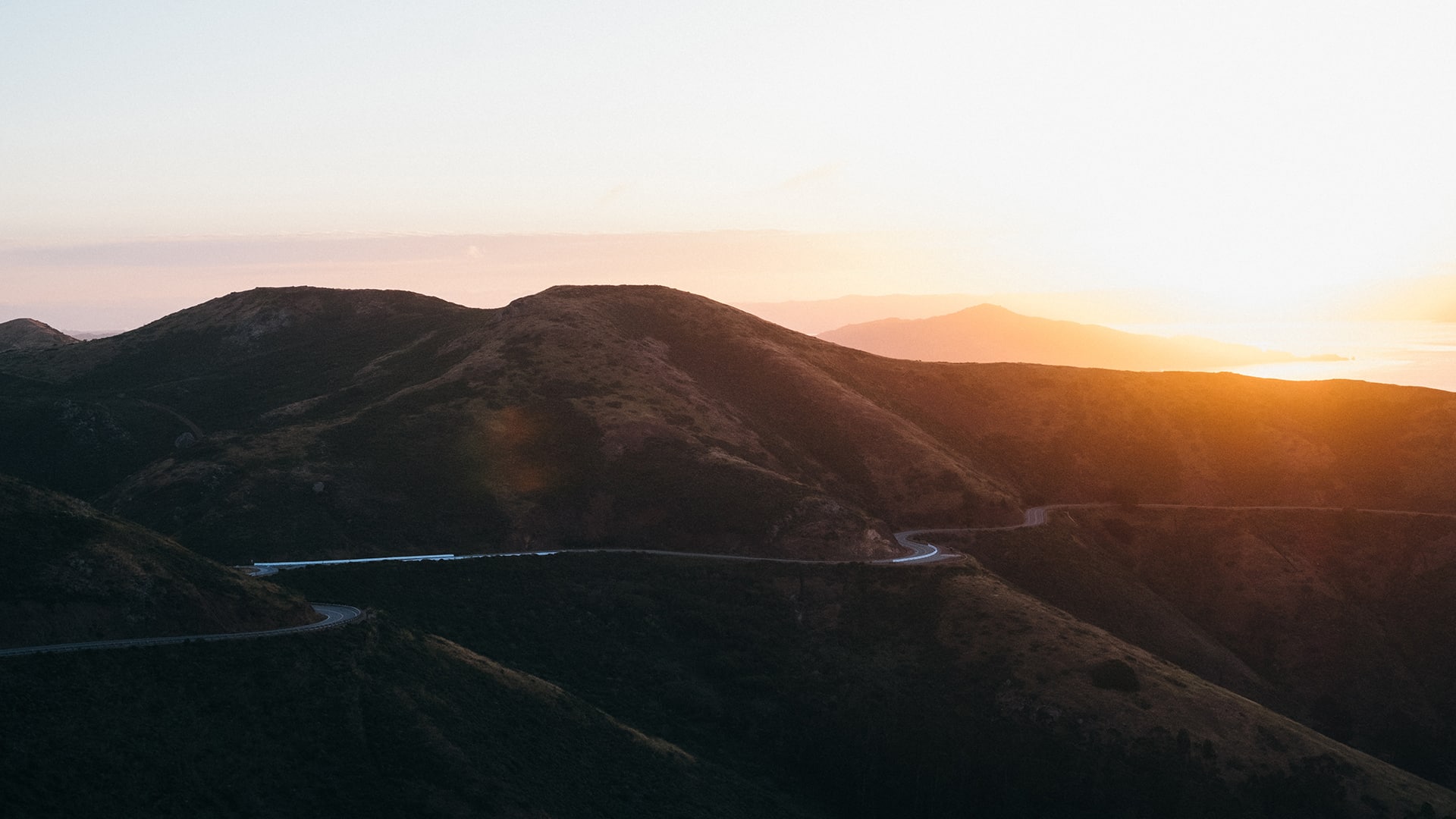There are certain moments during the day that naturally create more vivid colors and generate more beautiful light. The so-called blue hour and golden hour, more than any other time of day, are favorable to creating stunning images. We will show you when is the best time to take photos outside and how to take advantage of these unique moments.

You’re getting blind.
Don’t miss the best of visual arts. Subscribe for $9 per month or $108 $90 per year.
Already suscribed ?



